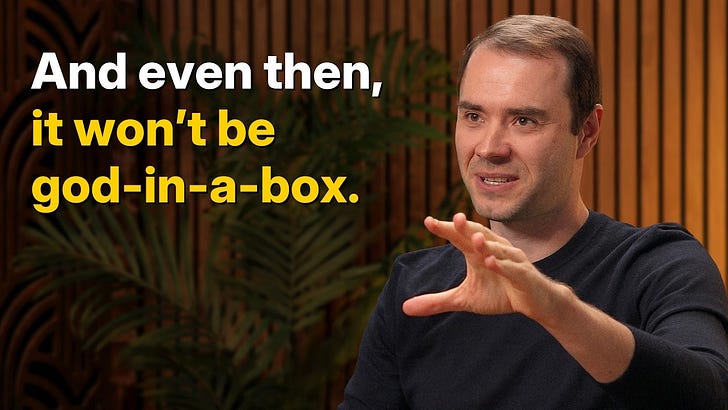Back in 2018, I was wandering around Web Summit in Lisbon and came across the Builder.ai stand. Slick branding, bold messaging — it was hard to miss. But I remember thinking: how could something like this actually build anything beyond a bunch of stitched-together templates?
Turns out… it couldn’t even do that. Not really.
Builder.ai just went into administration after burning through $450M USD in funding. Behind all the talk of AI and automation was a lot of smoke and mirrors — and reportedly, a whole lot of actual engineers manually building projects behind the scenes. Their cost structure was bleeding cash ($40M per quarter at its peak, and still $21M after “cutting back”), and they owed AWS nearly $88 million just to keep apps online.
Here’s the thing: there’s so much more to building software than just code.
A useful app isn’t just a form builder, a login screen, and a dashboard. It’s design. UX. Workflows. Data architecture. Product thinking. Ongoing iteration. Every decent digital product is a living, breathing thing that evolves with its users and the market. No one-size-fits-all template system can magically handle that.
Even if these platforms could help you “build” something fast, ask yourself:
- Won’t all the apps end up looking the same?
- Where’s the differentiation?
- Do you actually own the code? (Spoiler: you don’t — and they want to lock you in for a reason. That’s how they make their money)
- What happens when the platform disappears overnight?
- And who’s going to acquire your startup if it’s built entirely on no-code? What are they buying — a Squarespace site with a login screen?
For anyone caught up in this collapse — I genuinely feel for you. It’s rough. But it’s also a wake-up call for anyone thinking software is “cheap” now. The cost isn’t just in dollars — it’s in risk, in lock-in, in loss of control.
And this isn’t just about Builder.ai. Vendor lock-in is everywhere — Wix, Shopify, no-code platforms, even overly restrictive SaaS tools. If you haven’t written the code, don’t truly own or control the product and data, and can’t deploy or host it wherever and however you choose — then you haven’t actually built anything. At least nothing you or anyone else can rely on in the medium to long term — and certainly nothing another company is going to want to buy from you.
And let’s be real about AI too. LLMs and code assistants are amazing — but they’re just tools. Like a power drill vs. a screwdriver. Faster, maybe smarter, but still dependent on the person holding them. You still need to understand what you’re building and why — otherwise you’re just drilling random holes and calling it progress.
The reality is: great digital products are hard. They take time, thought, and, yes — actual developers, creativity and vision. If a platform with $450 million in funding couldn’t automate that, it should tell us something.
.png)




